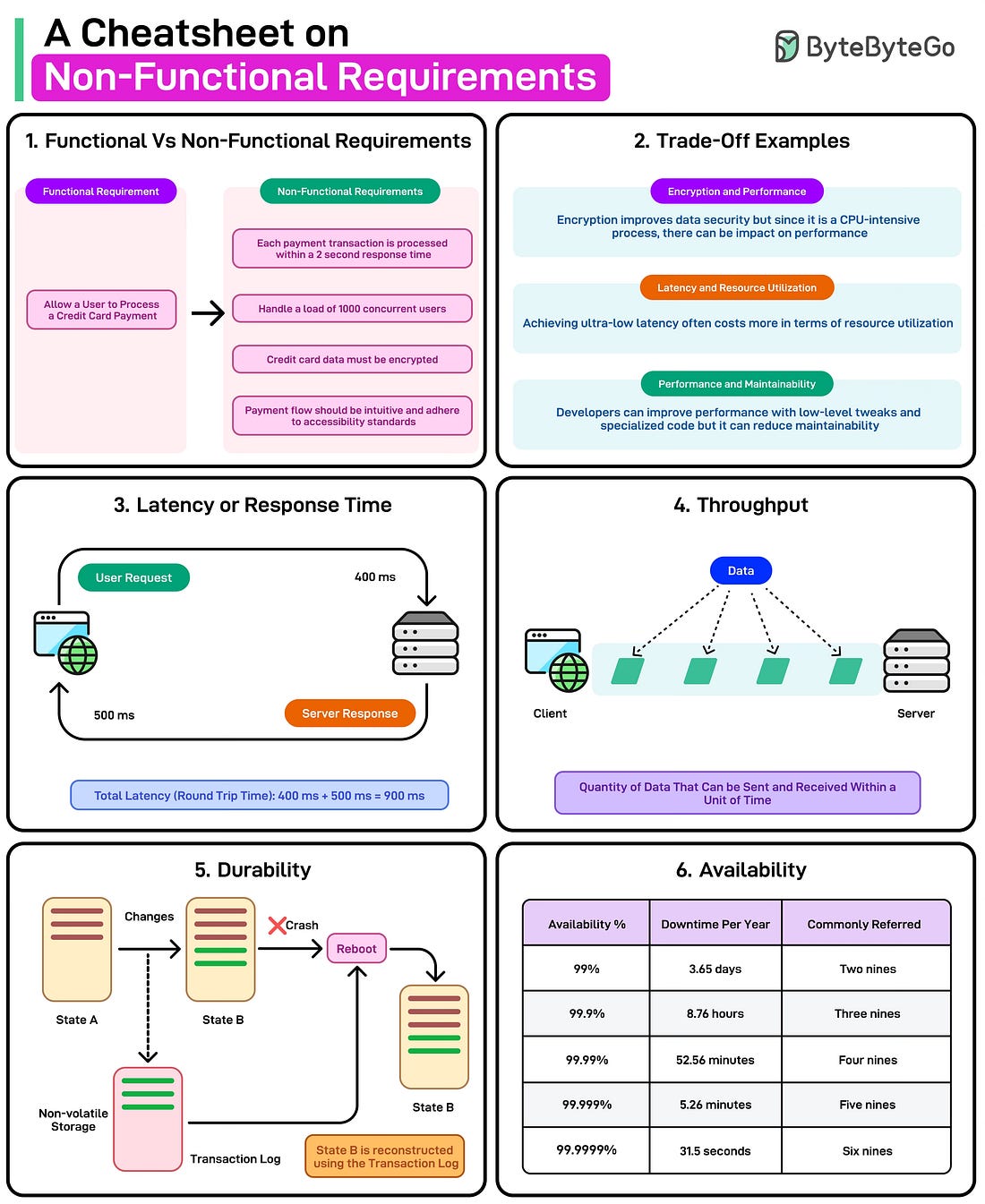- Mailing Lists
- in
- Non-Functional Requirements: The Backbone of Great Software - Part 2
Archives
- By thread 5373
-
By date
- June 2021 10
- July 2021 6
- August 2021 20
- September 2021 21
- October 2021 48
- November 2021 40
- December 2021 23
- January 2022 46
- February 2022 80
- March 2022 109
- April 2022 100
- May 2022 97
- June 2022 105
- July 2022 82
- August 2022 95
- September 2022 103
- October 2022 117
- November 2022 115
- December 2022 102
- January 2023 88
- February 2023 90
- March 2023 116
- April 2023 97
- May 2023 159
- June 2023 145
- July 2023 120
- August 2023 90
- September 2023 102
- October 2023 106
- November 2023 100
- December 2023 74
- January 2024 75
- February 2024 75
- March 2024 78
- April 2024 74
- May 2024 108
- June 2024 98
- July 2024 116
- August 2024 134
- September 2024 130
- October 2024 141
- November 2024 171
- December 2024 115
- January 2025 216
- February 2025 140
- March 2025 220
- April 2025 233
- May 2025 239
- June 2025 303
- July 2025 186
Non-Functional Requirements: The Backbone of Great Software - Part 2
Non-Functional Requirements: The Backbone of Great Software - Part 2
Latest articlesIf you’re not a subscriber, here’s what you missed this month. To receive all the full articles and support ByteByteGo, consider subscribing: Non-functional requirements (NFRs) are as critical as functional requirements because they define a system's qualities and operational parameters. Functional requirements specify what a software product should do (for example, “users must be able to log in”). However, non-functional requirements define how well it must accomplish these tasks under real-world conditions (for example, “the login process should respond within two seconds under peak load” or “all user credentials must be encrypted and stored securely”). Together, functional and non-functional requirements create a foundation for building great software systems. In Part 1 of this topic, we also looked at trade-offs in non-functional requirements and the architectural impact of these requirements. Some key learning points from Part 1 were as follows:
In this article (Part 2), we’ll go further and look at some of the most important NFRs that should be considered while building systems. Key NFRs to ConsiderSome key non-functional requirements that should be considered while designing an application are as follows: Response Time/Latency... Continue reading this post for free in the Substack app© 2025 ByteByteGo |
by "ByteByteGo" <bytebytego@substack.com> - 11:34 - 20 Feb 2025
